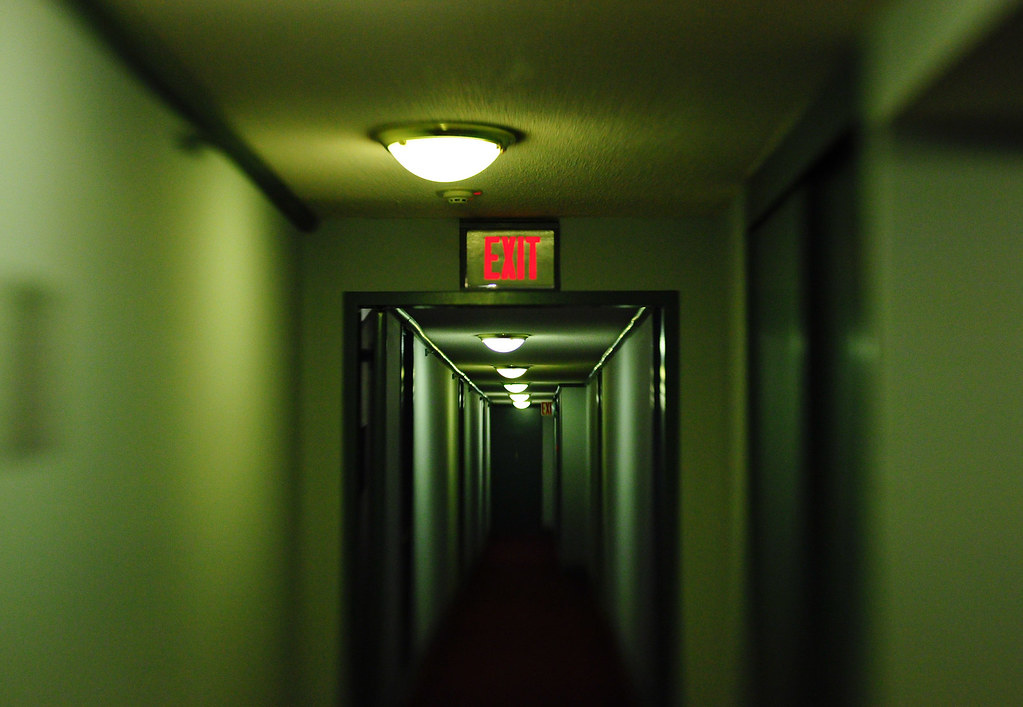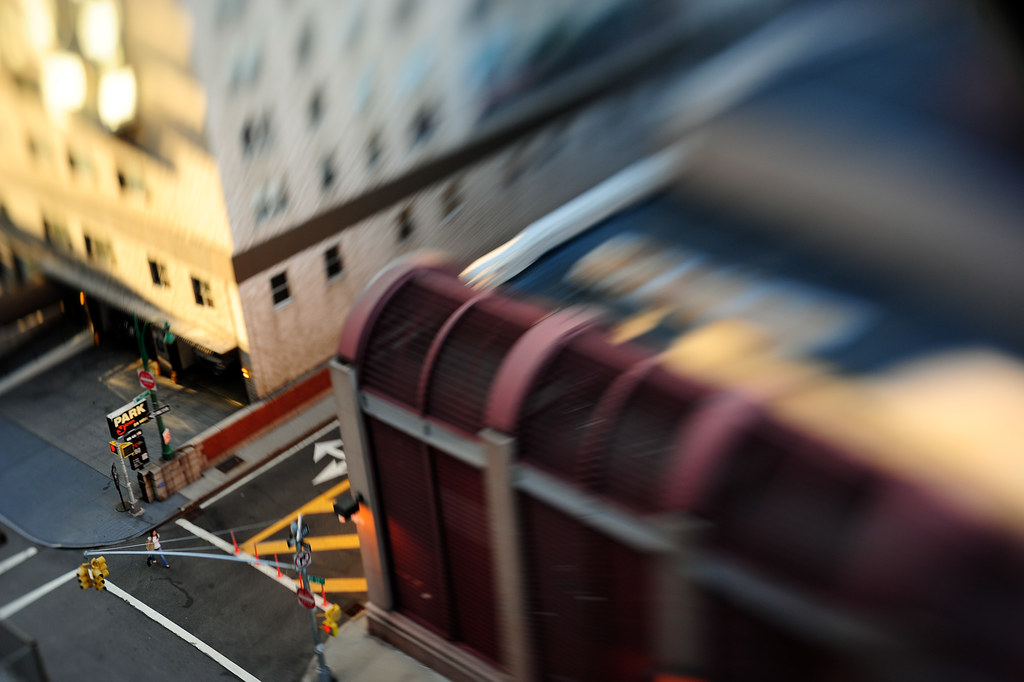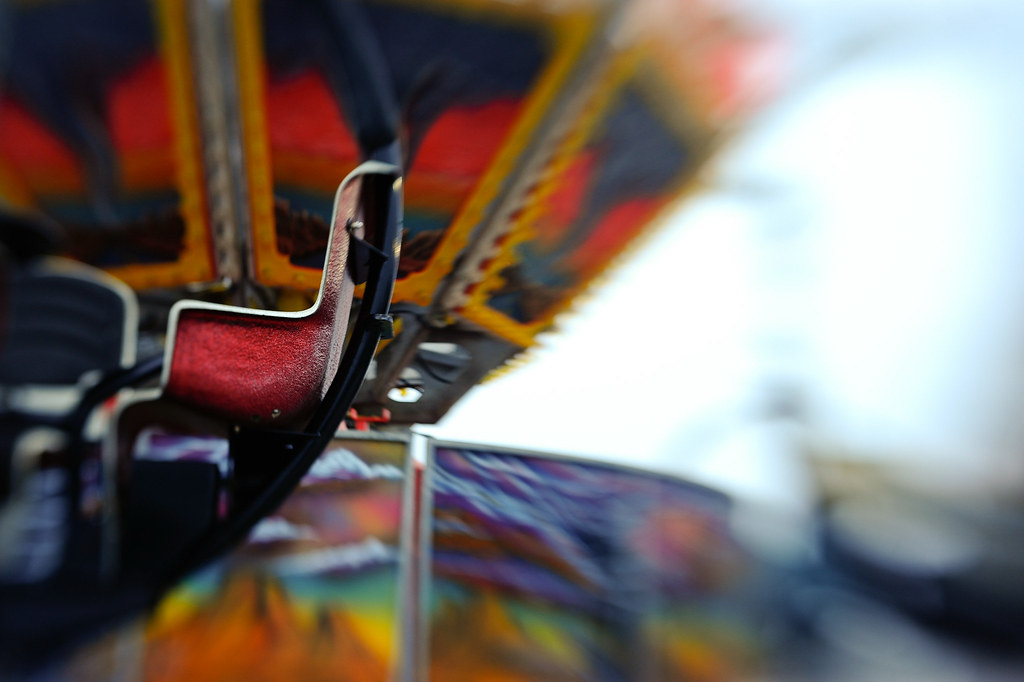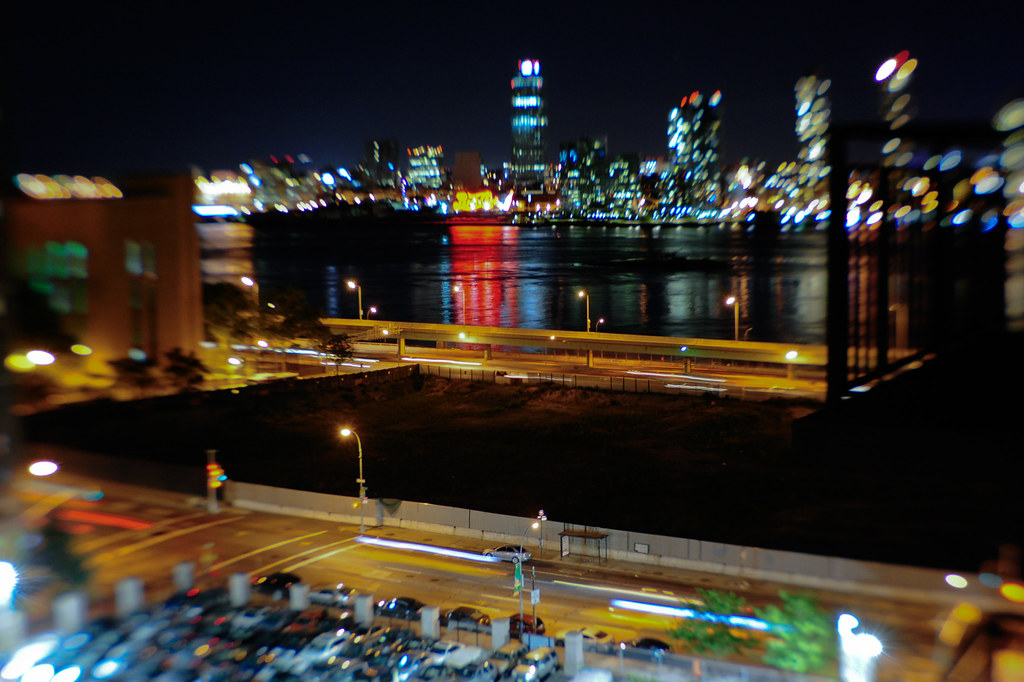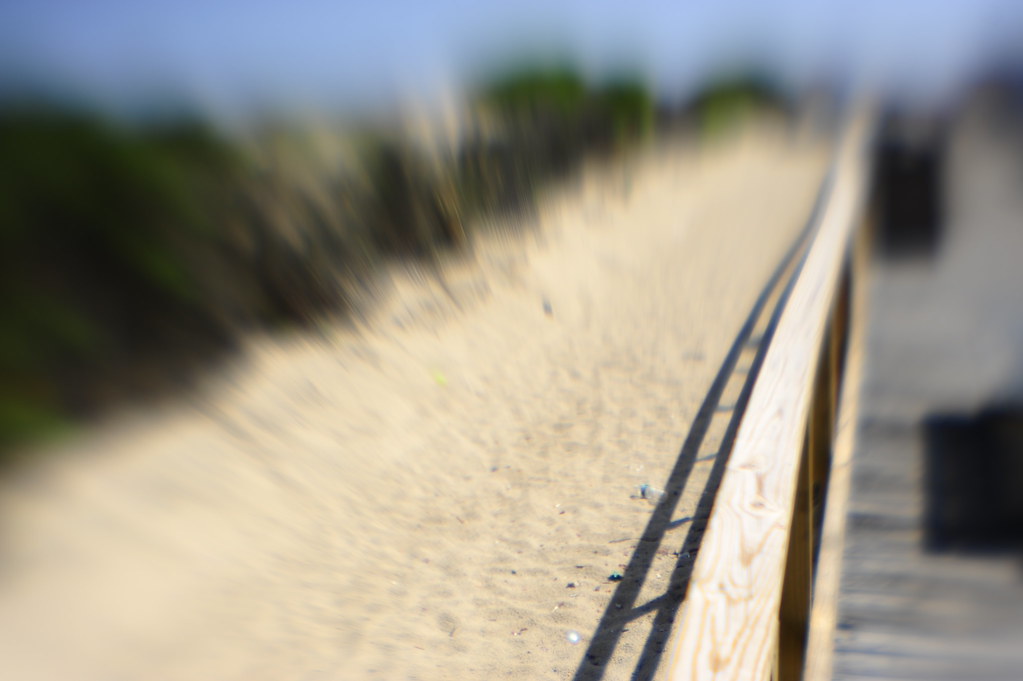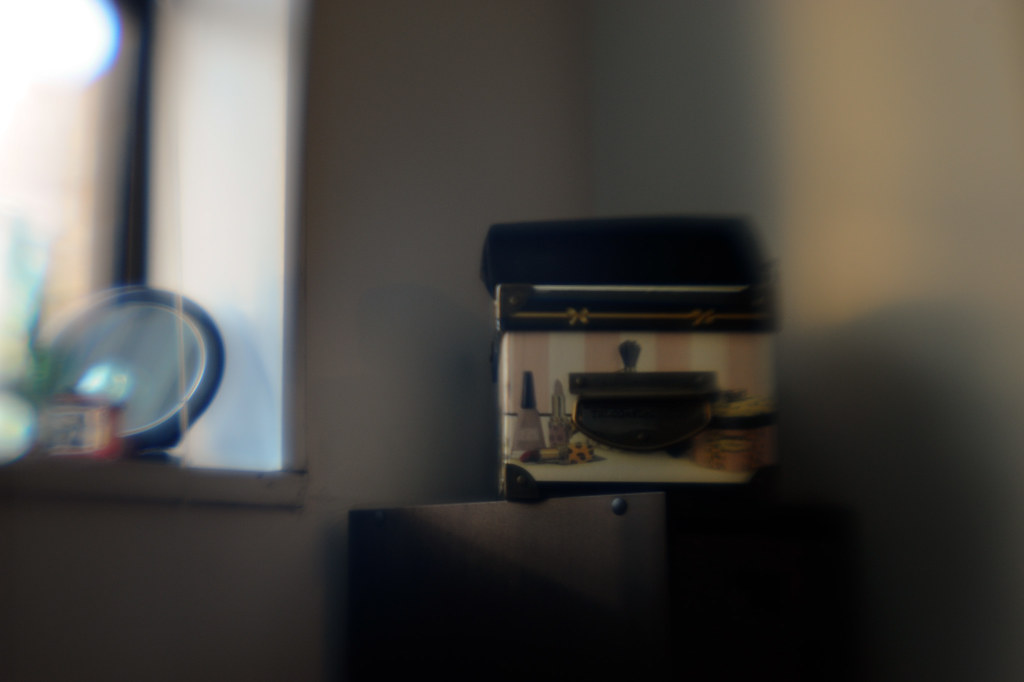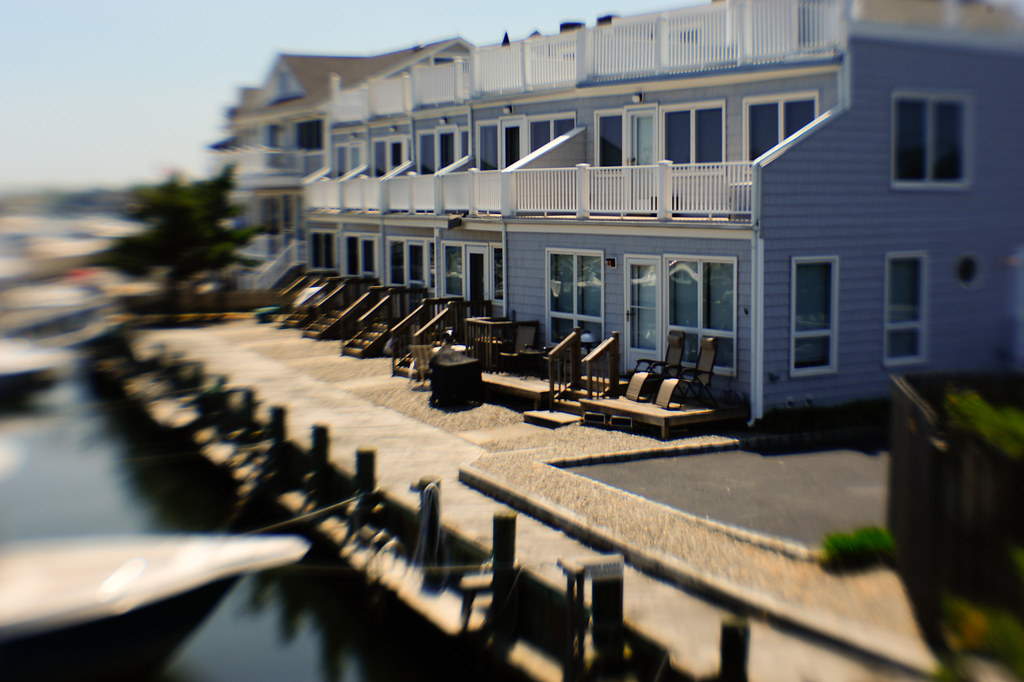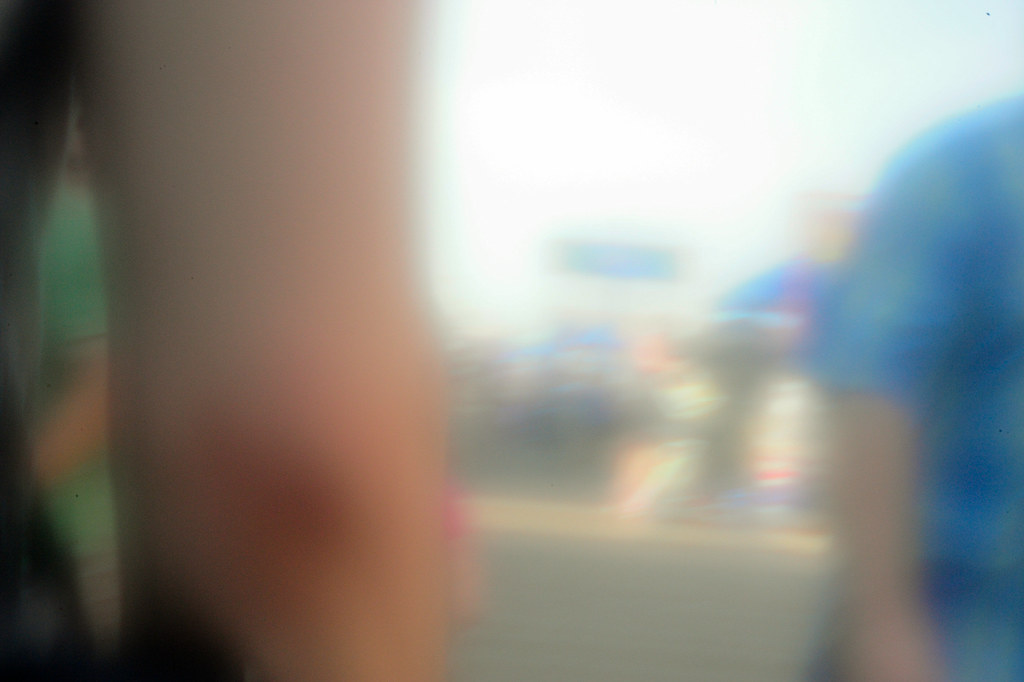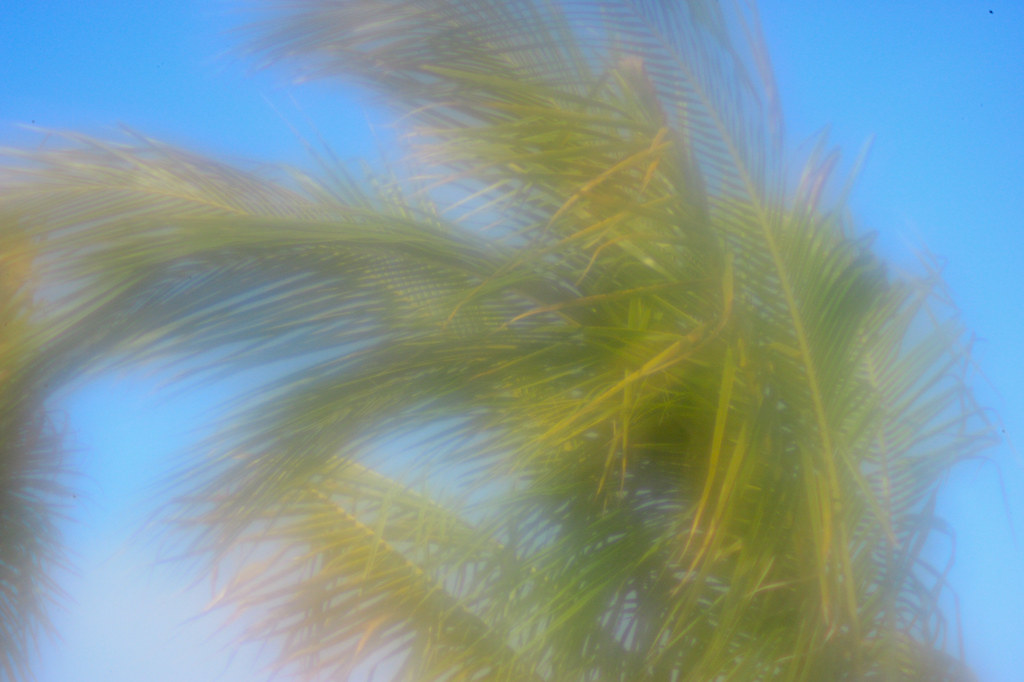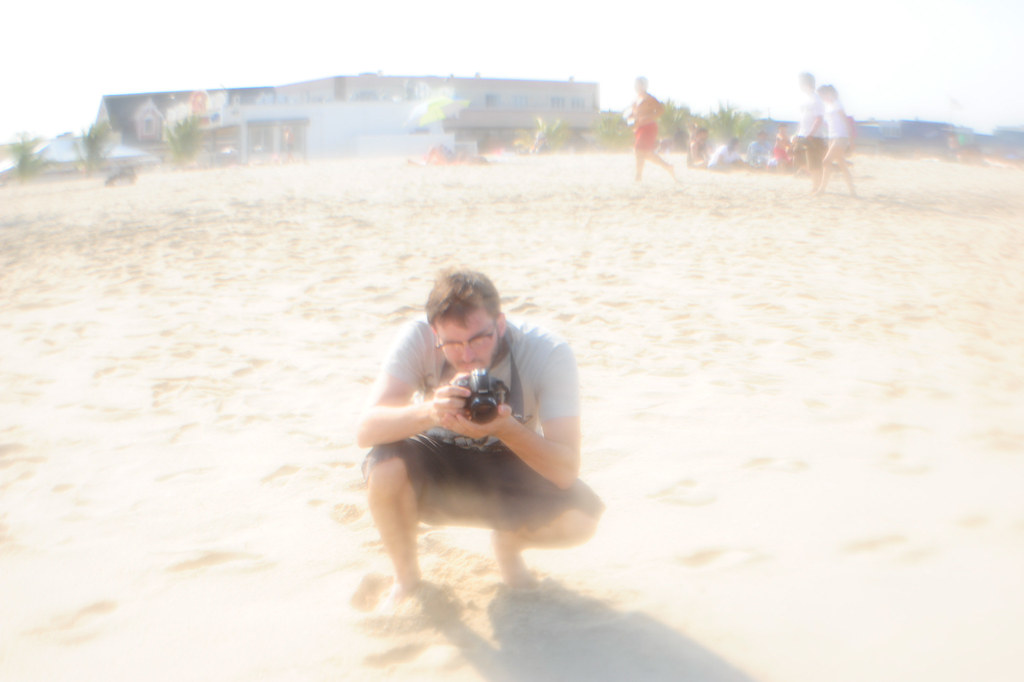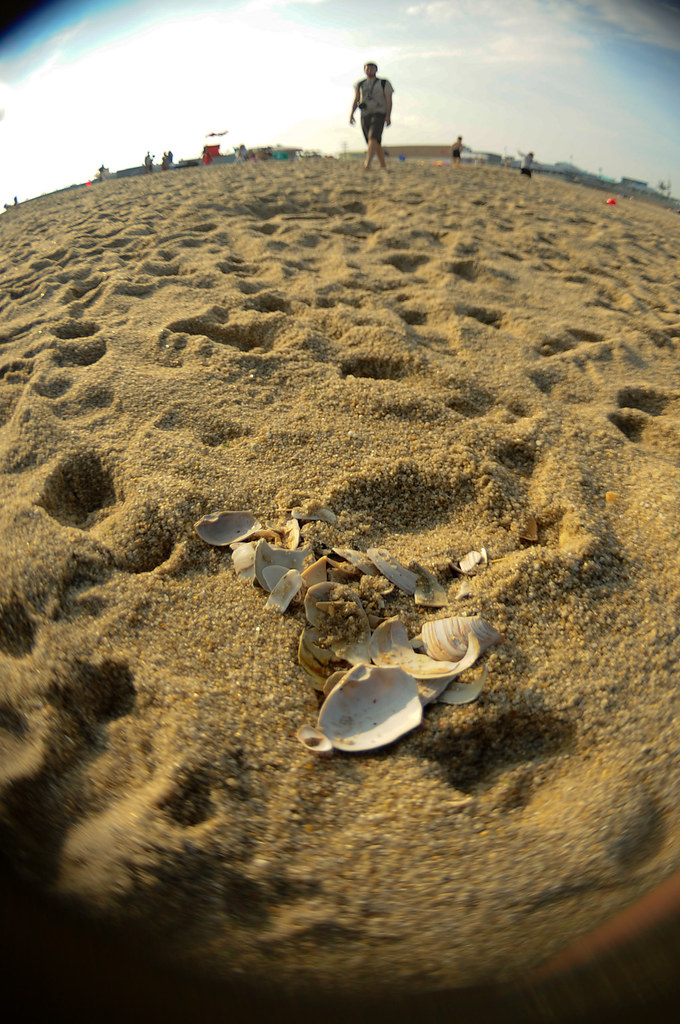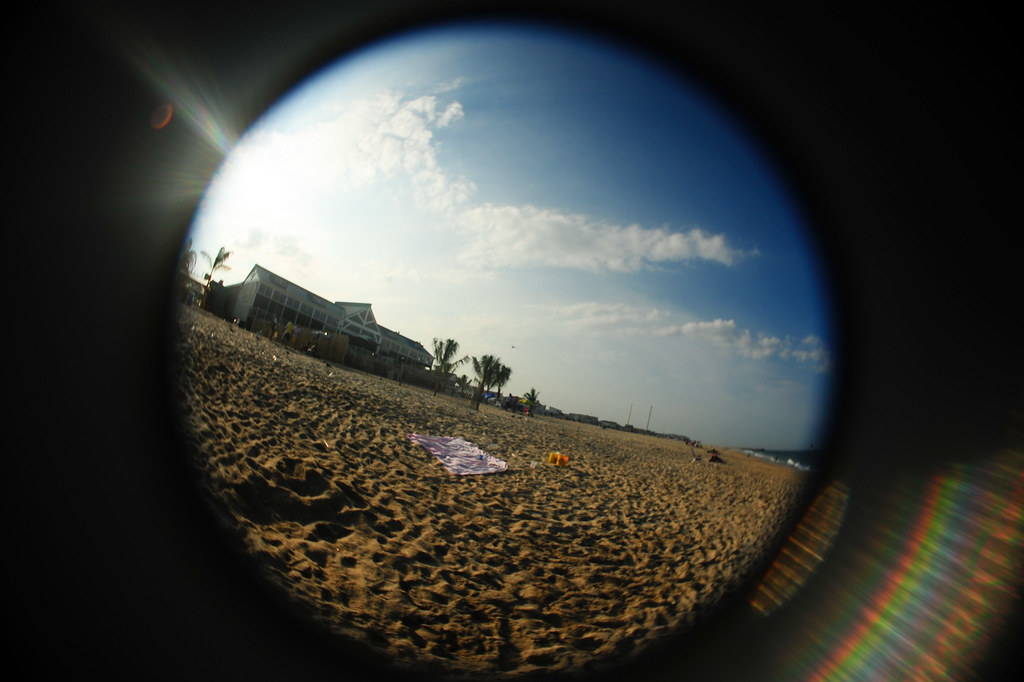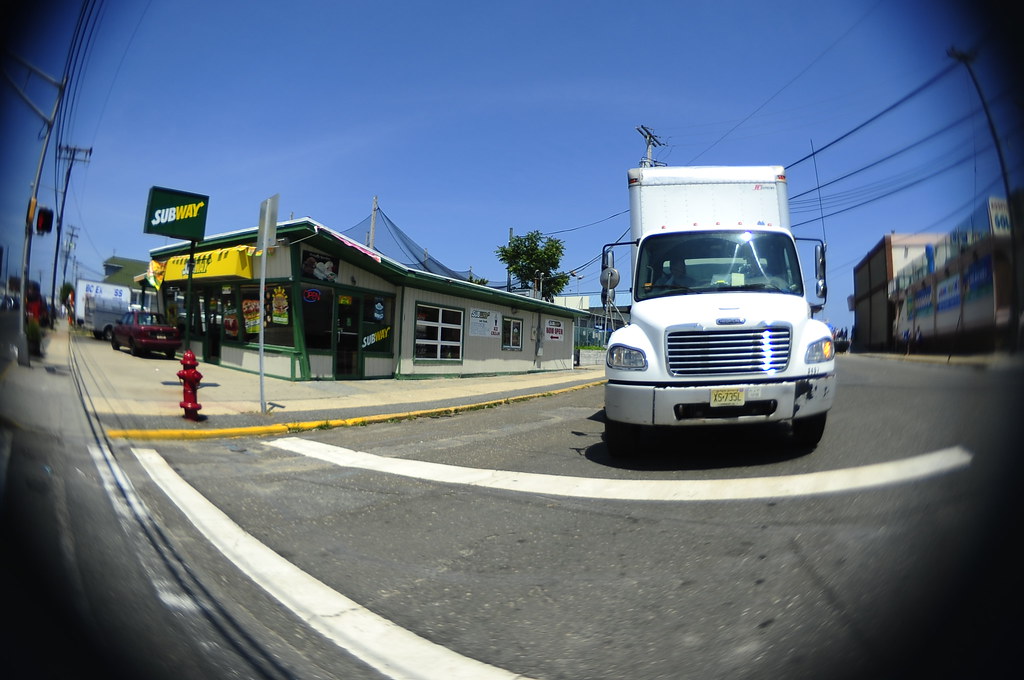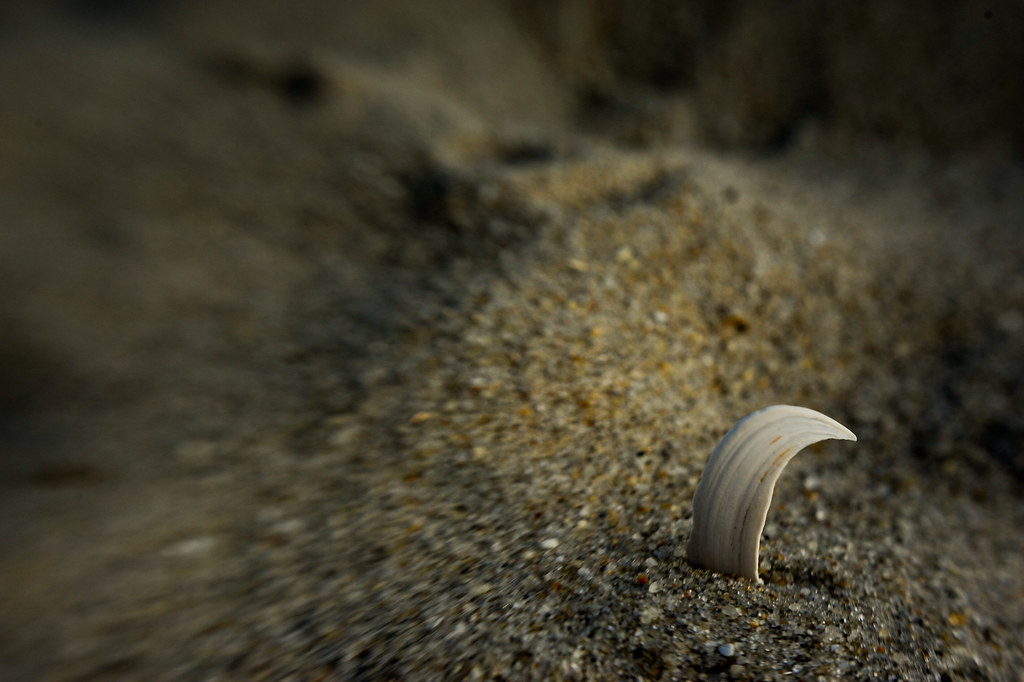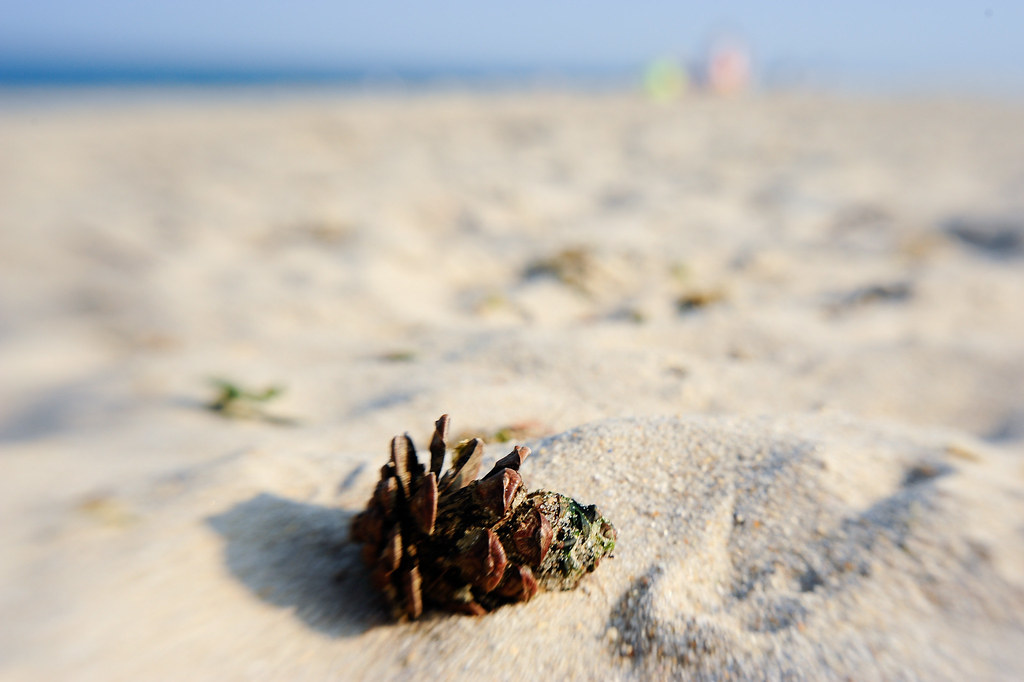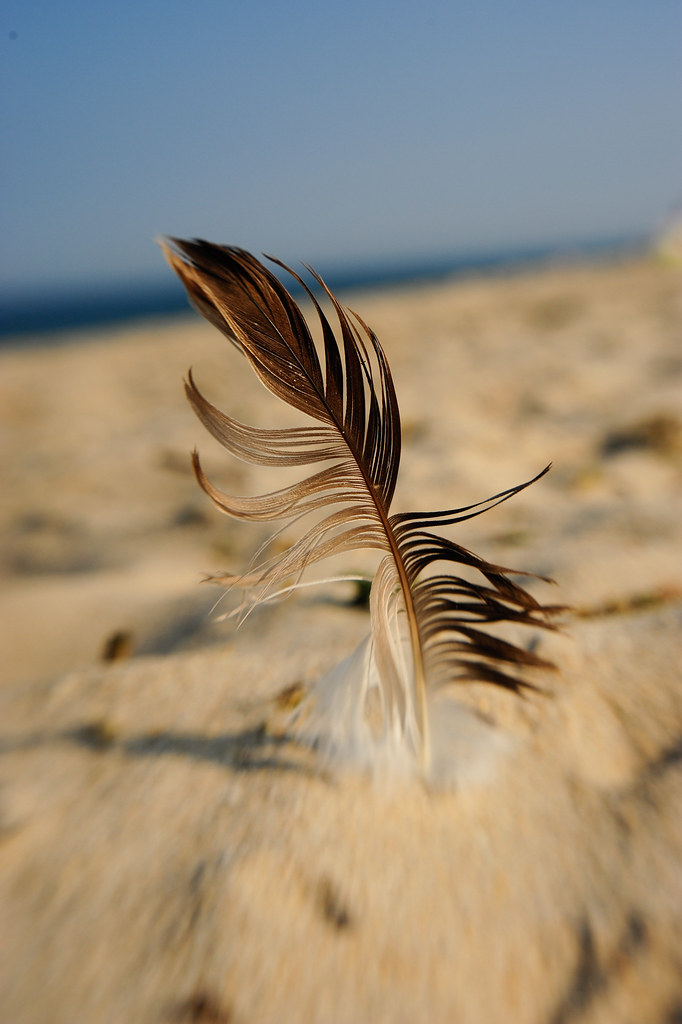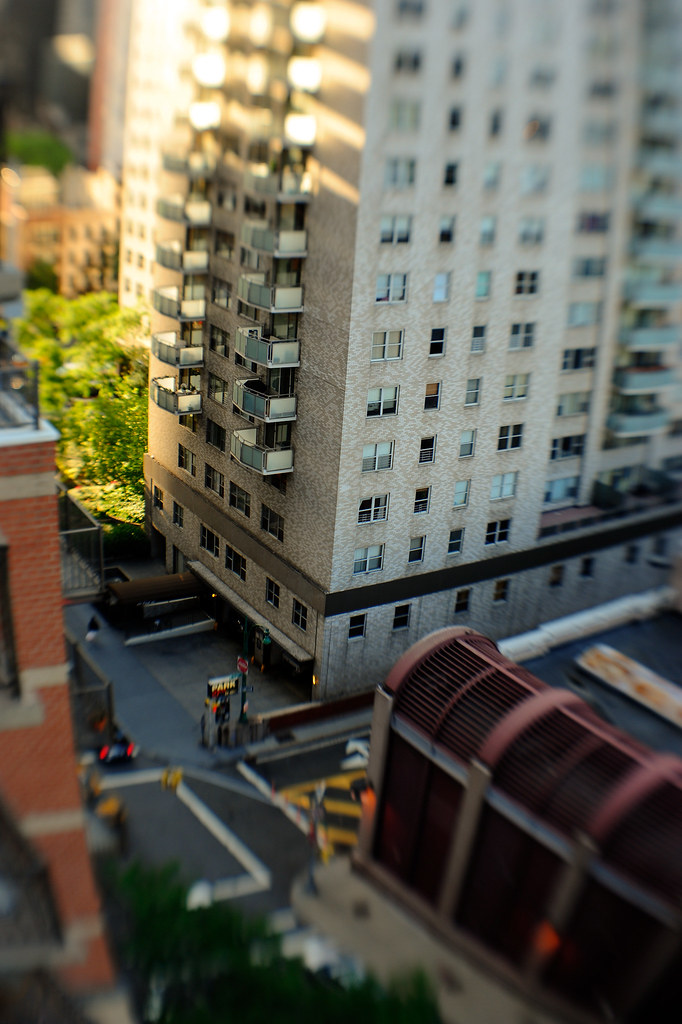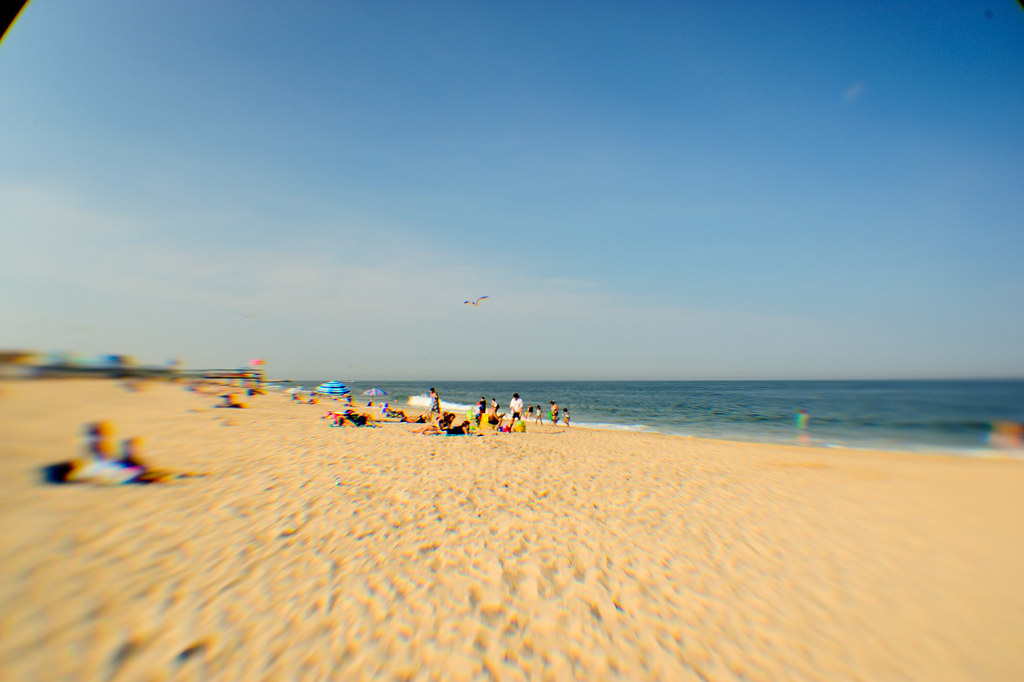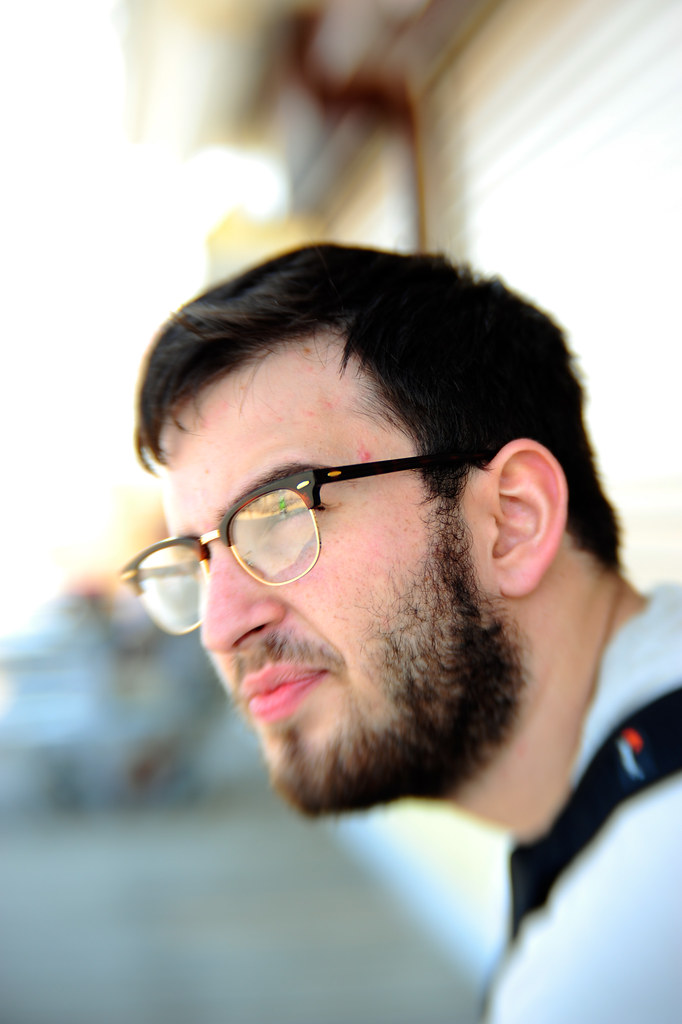Use these digital photography techniques and tips to get the most from your digital camera.
Do you want to be able to learn digital photography techniques and take great photos in any situation?
I'll give you digital photography lessons and practical advice on getting the best results, whatever the subject: - Portraits, Wedding tips, Close-up or Macro, Landscape, Night, Sports, Infrared – you name it!
Remember: Be INSPIRED and GET CREATIVE.
The first area we need to cover is your digital camera. Your camera is a tool! You need to know how your camera works – its functions and capabilities.
Familiarise yourself with your digital camera by trying out each of the features and read the manual as you go.
Don’t be afraid to take lots of pictures – this will help you understand the camera more.
In order to make best use of these digital photography techniques, you need to be able to have manual control over your camera's functions – this gives you a lot more creative control over the resulting image.
The types of digital photography techniques you can apply will be different depending on the type of camera you have – smaller point-and-shoot cameras typically will have fewer options - or limit you to common presets.
More advanced digital SLR's will give you greater flexibility over how the picture is taken. These ‘Prosumer’ and ‘DSLR’ models also have interchangeable lenses that allow for further creative photo options.
Before we look at some of the more advanced digital photography techniques, I want to quickly recap on some of the basic skills that will make a huge difference to your amateur photographs in minutes.
Frame Your Shot. A frame focuses attention inside the picture. Your photos can include their own frame to add drama and draw attention to the subject. Try taking a picture through an archway, through a window or even out of a cave.
Get Closer. One of the most important rules of photography is to get closer to your subject. By getting closer to the subject, there is less chance of the surroundings distracting the viewer's eye when displaying your photograph.
To acquire a good camera technique and gain an excellent digital photography education, you should sign up for an online photography class at one of the many online schools.
You can find out more information by searching for the institute of photography in Google.
While online photo courses are useful, they can be quite expensive. You can learn about digital photography techniques quite quickly in your spare time just by reading this website or buying Amy's Digital Photography Success ebook.
My last tip before you start is...fix one thing in your mind...move around. The best photographers know that a particular point-of-view makes or breaks a photograph.
You need to be creative with your shots and always look for – the different angle - the other direction. Practise these digital photography techniques and be different for more impact and fun!
Digital Macro Photography
Close-up as it is more commonly known is useful if your favourite subjects are small.
If you are photographing flowers, insects or jewellery, you’ll need to get close to fill the frame.
Macro means taking pictures of subjects nearer your camera than it will normally focus.
Typically that means between a few centimetres and a metre away.
Digital Portrait Photography
Taking Portrait photographs is an art with few masters. A digital photography technique that you might assume is easy, because all you are doing is capturing a person’s likeness.
There are many elements that go into making a great portrait – make-up, lighting, the equipment, camera and subject.
The main question I ask myself when taking a portrait shot is ‘Why am I taking the portrait?’ Is it formal, casual, comical, etc…
Digital Infrared Photography
You can take photos without visible light with most cameras. This is known as Digital Infrared Photography
Instead of registering visible light – that is green, red and blue – the camera records images made by invisible light, which is beyond red. Without sounding too ‘techy’, light that has longer wavelengths than ordinary red light.
Going infrared requires screwing a filter onto your lens. Blues turn almost black and green becomes a ghostly white.
Black And White Digital Photography
Almost all digital cameras have a series of black and white or monochrome modes within their menus that allow you an easy way to get extra creativity from your shots, when you need it.
A black and white image is a record of the brightness of your subject. That is how black and white photography works. It excels in capturing shapes, patterns, lights and moods.
Digital Landscape Photography
A well composed landscape shot should have a beginning, a middle and end, just like a good story.
The quality of light can have a profound effect on the appeal of a landscape photograph, so make it your priority.
Generally the best time to shoot a landscape photo is in the early morning or late afternoon. The sun is lower in the sky and the light has beautiful warmth to it.
Digital Wedding Photography
Digital Photography Techniques - Digital Wedding Photography - Picture by Allen Venables of www.allenvenables.com The key to successful wedding photography is preparation and planning. You’ll need to visit the venues, before-hand and also talk to the bride and groom about what shots you’ll need to keep everyone happy.
An essential piece of kit for the wedding is a flash. There will be a lot of indoor photos and a tripod would also be useful.
Digital Sports Photography
Sports photography involves capturing the action of a fast-moving subject or event. At fast-paced sport's events, this can be a real challenge.
This is one of the trickier digital photography techniques.
Timing is everything with action photography – often you only have a split second to take a picture.
Digital Night Photography
Digital night photography can produce some stunning shots full of illumination.
This type of photography requires long exposures to get enough light onto the sensor, so a tripod is a must. You can be really creative with night shots and some of my favourites include fireworks and cityscapes.
I hope you have found these digital photography techniques and tips to be useful and interesting. If you want to keep up-to-date with this website as it grows, then why not subscribe to my Digital Photography Blog or sign up for my newsletter.
By the way, my friend and business partner, Amy Renfrey, has a great and easy to follow ebook called Digital Photography Success. If your photos are less than satisfying, then let Amy show you the digital photography techniques required to make your pictures superb and outstanding with sharp clarity and perfect definition.
Amy is offering a special deal on her photography courses at this moment in time so make sure get yours before it’s too late.
More Digital Photography Techniques
http://www.digital-photography-tricks.com/









